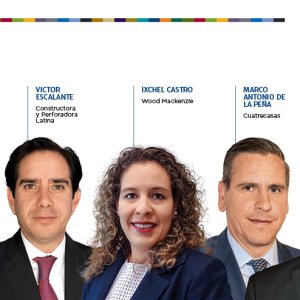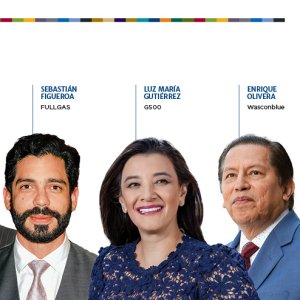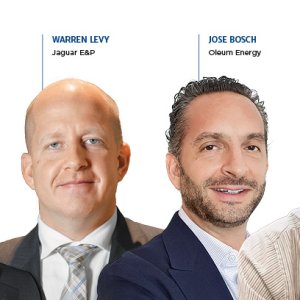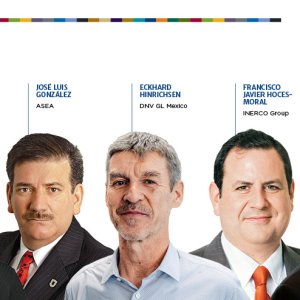
How Will Operators Work With ASEA?
ASEA is responsible for guaranteeing industrial safety and environmental integrity by creating and implementing risk management standards and practices, Carlos de Regules, Director General of ASEA, told the Mexico Oil & Gas Summit 2016. “ASEA is the guarantor of safety and the successful implementation of the Energy Reform,” he said.
Speaking on ASEA’s working relationship with operators, De Regules said its strategy is based on five pillars that provide juridical certainty to decision-makers.
The first pillar is related to prevention. In May 2016, ASEA published the backbone of its risk management model. To guarantee the reduction of risk and the prevention of accidents, the agency took advice from several government ministries as well as operational advice from foreign governments and regulatory agencies and adopted recognized international best practices. The Mexican model sums up the API RP 75, ISO45001 and OHSAS 18001 best practices, De Regules said. Now that the guidelines have been published, ASEA is focusing on compelling companies and operators to comply with the regulation. “The correct implementation of the regulation will provide certainty to companies that the rules will be enforced,” he said.
The second pillar relates to the reactive element. The oil and gas industry is dangerous, with materials that have to be carefully managed. Companies need to be prepared to react once an accident happens. This includes having the capacity to respond financially.
In June 2016, ASEA published the necessary guidelines regarding the minimum insurance requirements for every industry, including the minimum coverage for every activity based on international benchmarks. However, the guidelines also incorporate a flexibility practice, De Regules said. “This flexibility practice allows enterprises to perform a Probable Maximum Loss (PML) study if they believe that the requirements asked by the agency are excessive. If the study agrees with the companies’ stance, then the agency is willing to accept the PML conclusions,” he said. The guidelines apply to Civil Liability and Environmental Liability insurance policies and to Well Control Policy insurance.
The third pillar is related to the technical regulation of an operation’s risks. ASEA has already published a technical norm for fuel stations but others are pending for vapor recovery systems, storage and distribution facilities and LP gas fuel stations. According to De Regules, the agency is working on six more upstream regulations, five midstream and retail regulations and 14 transversal regulations.
The fourth guideline is related to the inspection of facilities to make sure every operator is in compliance. The Agency does not have enough resources to inspect every company working in the oil and gas industry, which is why it has decided to perform inspections based on probable risks, De Regules said. Following several accidents in 2015 in the Gulf of Mexico, ASEA conducted an inspection that resulted in the publication of 262 preventive and corrective actions for the affected areas. These corrective and preventive actions have a mandatory nature and a failure to comply will result in administrative sanctions, he said.
The fifth pillar is based on a corrective enforcement policy. ASEAS’ goal is to improve the sector’s performance rather than impose fines or start litigation. With this approach, it hopes to reduce litigation at the origin, as 73 percent of the recommendations ASEA provides relate to corrective actions and only 37 percent are punitive. When companies believe that the agency’s conclusions are not fair they always have the option of using the legal Resource of Revision. This legal resource forces the agency to review its decisions regarding that particular company. The Resource of Revision reduces litigation.
“Complying with the established pillars means that the country and the industry have a real state of law,” De Regules said.
ASEA has also partnered with its counterparts in other countries. It has a letter of intent with the American Petroleum Institute and capacity-building agreements with environmental authorities in the UK and the Canadian province of Alberta. “The OECD is also performing a peer review, which means it is comparing ASEA to similar regulators in the world to detect what the agency could be doing better,” De Regules said.














